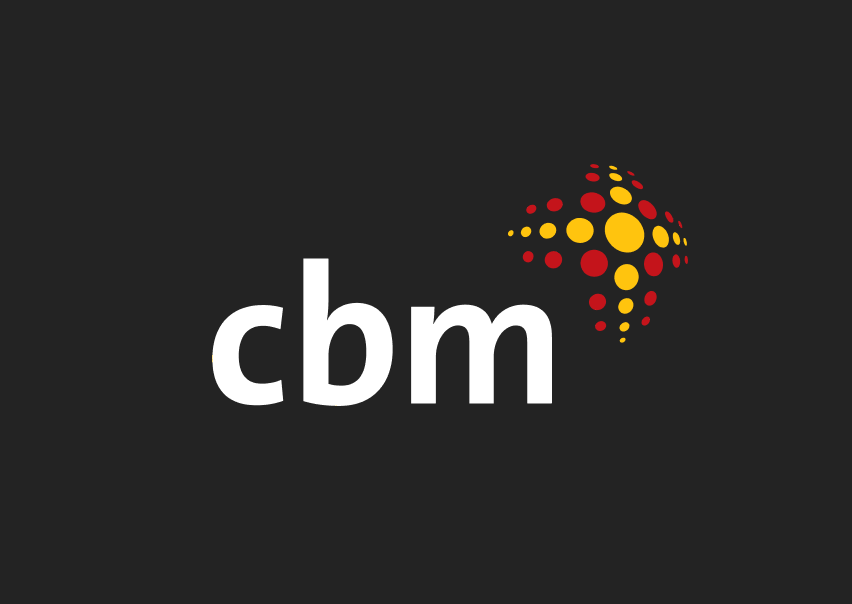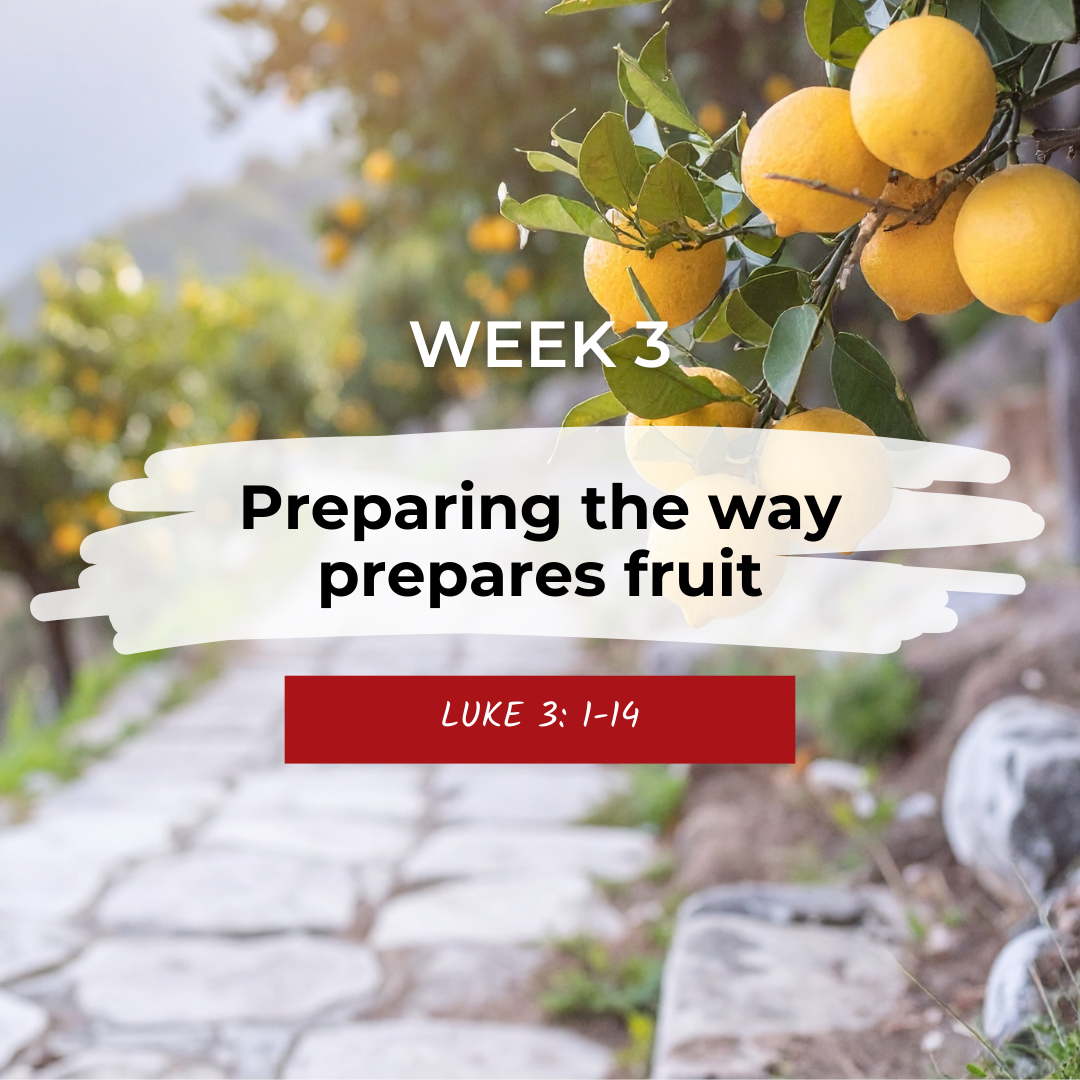Focus needed on disability inclusion
Stories | July 25, 2019
In a world where so many things need to be fixed, improved or built, you may ask why focus on inclusion? Why disability? CBM Australia’s Inclusive Development Director Raine Dixon explains.
Upholding the rights and ensuring the full inclusion of the world’s one billion people with disabilities is a moral imperative. It is also a practical necessity if we are to build healthy, sustainable societies to the benefit of all people, of all ages and abilities.
Despite the strong commitment expressed by the international community to an inclusive, accessible and sustainable 2030 Development Agenda people with disabilities continue to face significant challenges to their full inclusion and participation in society. We must find new approaches and tools to address the negative attitudes, stigma, discrimination and lack of access to physical, social and virtual environments.
Empowering people and ensuring inclusiveness and equality
Last week’s High Level Political Forum (HLPF) focused on empowering people and ensuring inclusiveness and equality; goal ten of the Sustainable Development Goals (SDGs). HLPF 2019 gave an important space for people with disabilities and their representative organisations to further understand how countries are tracking in achieving goals and targets relating to disability. There was strong representation and reporting by our neighbours in the Pacific, a sign of their commitment to inclusion and development progress. CBM was pleased to be there in support of our partners in the disability movement. As HLPF ends, it’s important to reflect on where we are as a global community and what we still have to achieve.
In late 2018, the UN released a Flagship Report on Disability and Development titled, “Realization of the Sustainable Development Goals by, for and with People with Disabilities”. It was the first report of its kind to examine the situation of people with disabilities against the 2030 Agenda at the global level. While there are pockets of good progress, disappointingly, the report concluded that overall people with disabilities are still at a disadvantage compared with those without disabilities in the global, regional and national efforts towards the achievements of the SDGs, and that progress towards implementation of the CRPD has been slow. To meet the SDGs by 2030, the UN, international and national development programmes need to urgently prioritise inclusive development.
The United Nations disability inclusion strategy
This year will prove to be a landmark year for disability-inclusive development. In recognition of the gaps highlighted in the flagship report, the UN announced its Disability Inclusion Strategy “UN DIS”, a system wide strategy focused on “raising the standards of the UN’s performance on disability inclusion across the board, and action to bring about the unified and transformative change” (António Guterres, Secretary-General of the United Nations). This commitment to disability inclusion is a key milestone for disability and development globally.
The UN has recognised that within its own systems and programs there needs to be a greater focus on disability for CRPD implementation and achievement of the SDGs. UN DIS intends to provide this moment and achieve change across ten areas. The Australian Government has recognised the importance of this strategy and supported it through funding two positions to coordinate the strategy; continuing a proud legacy of disability-inclusive leadership at a global level.
UN DIS will impact development actors here in Australia and across the world. UN systems and programs will be required to incorporate and prioritise disability within their planning, implementation and reporting requirements. The UN has committed to an accountability framework for the strategy. Progress reporting on disability inclusion will occur at the UN system level, within each UN agency and at the country level, ensuring the strategy reaches beyond headquarters, and creates change within countries and communities where people with disabilities live. Significantly, participation of people with disabilities will be key to the development and implementation of normative frameworks, policies and other decision making processes within the UN. The UN will drive a disability agenda across all aspects of its development practice, including addressing data gaps, capacity development, accessibility and accountability – something for which the disability movement has advocated for a long time.
CBM, United Nations and disability-inclusive development
Having the UN make more concerted efforts to make inclusion a reality is a significant win for the disability movement and one that CBM Australia and its global network can applaud. At CBM we aim to create an enabling social and policy environment for disability-inclusive development, and the UN is a key ally in this. CBM provided input into sector consultations on the UN’s flagship report and the strategy and are already engaged in supporting the UN to start implementing some of its commitments; we look forward to seeing the changes the UN DIS will create.
As an organisation committed to improving the quality of life of people with disabilities in the poorest places of the world, it is exciting to see disability inclusion take another prominent and well-deserved place in the global development agenda.
The Australian Government has shown leadership by supporting the implementation of UN DIS. It is important that this leadership continues in other aspects of Australian development assistance. The Australian Government should introduce and apply the DAC disability inclusion policy marker in the 2019/20 ODA reporting and beyond with a mandatory status. This marker is a crucial contribution to improving the availability and quality of data collected on disability and improves the ability to track progress against the SDGs. The disability movement, along with its civil society allies around the world, has long advocated for better disability-disaggregated data in development assistance and humanitarian action and now is the time to act.
To leave no one behind is an ambitious objective. Yet through existing human rights treaties and frameworks, the international community already has the frameworks needed to ensure that people with disabilities, women and girls, children and indigenous people, are meaningfully included in development efforts. When the world listens to the one in five people globally who live with disability in poverty, we hear their call for inclusion, empowerment and opportunities ringing across all continents. When the world listens, we can change. Now is the time to listen.
https://www.cbm.org.au/stories/united-nations-disability-inclusion
Related Stories

Share your advocacy preferences with us
Thank you for helping us to advocate for the one billion people with disability globally. CBM Australia advocate across...

Advent 2025: Jesus’ way leads to fullness
The way of Jesus gives people freedom and empowers them to live out their God-given purpose. The last few weeks...

Advent 2025: Preparing the way produces fruit
John the Baptist called people to prepare for God’s presence through repentance and by producing fruit (acts of justice,...
